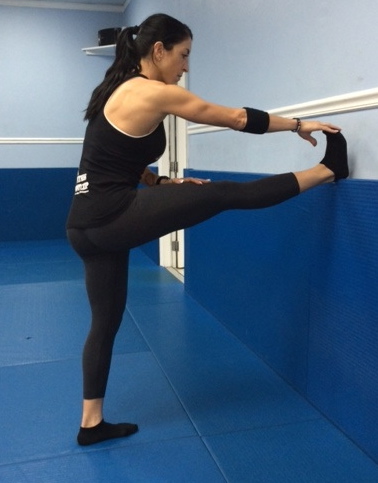A workout just isn’t complete if you don’t stretch afterwards!
Too often, I hear people talk about how they don’t stretch or how they feel it’s not important. I read an article in MEN’S FITNESS called “Stretch or Die” by Rob Sulaver and I have to share this first paragraph with you, ESPECIALLY if you’re going to be working on improving your strength and muscle mass. This is SPOT ON!
“What happens when you don’t stretch? Nothing. For a while. You lift. You get stronger. You improve your diet a bit. You get leaner. You look good. Who needs to stretch? Stretching is for yoga girls and geriatrics. Then you wake up one day and you have a slight pain in your lower back. Nothing major. “Damn,” you say, as you roll out of bed. You instinctively try to stretch it out. Maybe you lean over and touch your toes, which, coincidentally are very far from the tips of your fingers. It helps a bit, so you forget about it. You keep training. In the weight room, you are an animal. Other people look at you and say your lifts are good. But you start to notice that after sitting all day at work, your lower back is aching. You try to stretch it out. Maybe you put your hands on your lower back and do the old man, hips forward stretch with a bustling sigh, but it lingers. Not the biggest deal though, because once you get warmed up at the gym, things feel A-okay. So you forget about it. You keep lifting. You keep getting stronger. You can now squat a small automobile, which feels good. But one day you’re doing a deep squat and you feel something tweak in your lower back. “Damn it,” you say as you rack the weight. That hurt. You don’t stretch it out this time because it’s hard to breathe. It feels like you need your spine popped back in place. Something’s wrong.”
So aside from preventing injury, stretching helps improve:
- flexibility
- improved flexibility = improved performance = improved strength
- blood flow
- improved blood flow = more energy
- posture
Below are a few different lower body stretches you can incorporate into your routine. How long should you hold each stretch? As long as you need to! Some muscles may be tighter than others so listen to your body and hold each stretch accordingly, aiming for a minimum of 30 seconds. DO NOT stretch through pain – it should be pleasantly uncomfortable, and get into each stretch gradually.
GOOD TIP: If you don’t have time to stretch during the day or at the gym, save it for home. A good time to focus on stretching your muscles can be in the evening before bed, when you’re winding down either in front of the TV or after a hot shower.
1. CALF STRETCH
The calf muscle is comprised of 2 parts, the SOLEUS and the GASTROCNEMIUS. The 2 muscles join together to form the Achille’s tendon at the ankle and can be stretched individually.
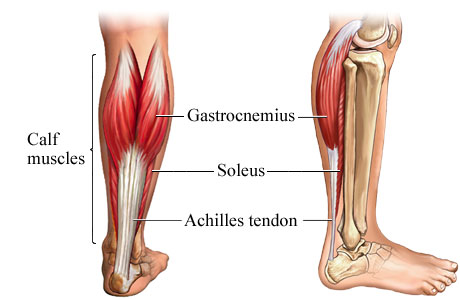
a. Gastrocnemius:
Facing a wall, bring both arms forward and place palms on the wall. Keeping back straight, put the leg you want to stretch behind you and keep your heel pressed into the ground without bending the knee. Bend the knee of the other leg and lean forward towards the wall until you feel a sufficient stretch.
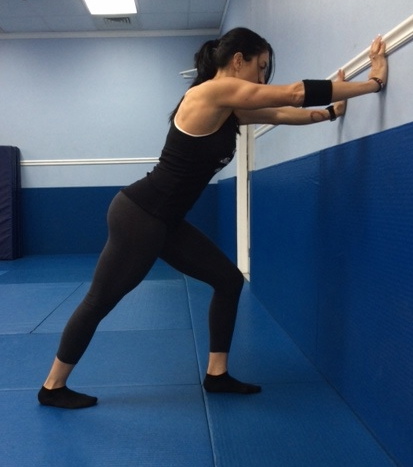
Alternative stretch:
Stand on a raised object or step. Put the ball of one foot on the edge of the step, and slowly drop the heel of that foot down towards the ground while keeping the knee straight. With the other foot fully on the step, bend the knee of that leg for better support and increased stretch.

b. Soleus:
Holding the position of the gastrocnemius stretch above, slowly bend the knee of the back leg, while maintaining the heel on the ground. This one is a small movement, but you will immediately feel the stretch.
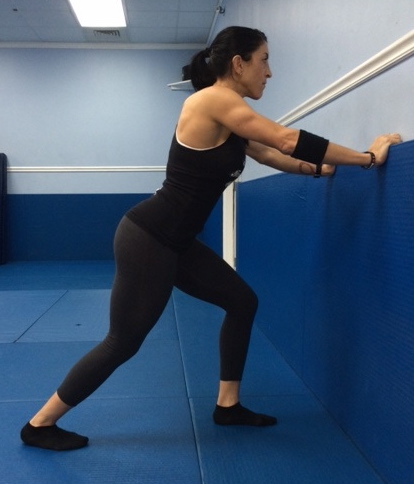
Alternative stretch:
Holding the position of the alternative gastrocnemius stretch above, slowly bend the knee of the back leg.
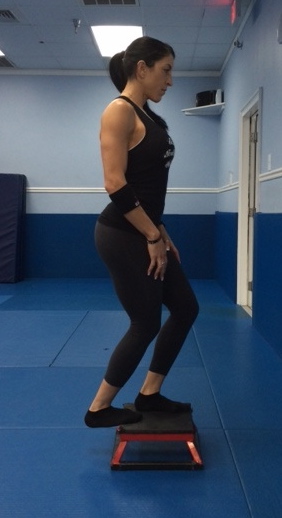
2. HAMSTRINGS
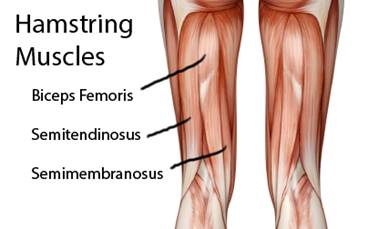
You can stretch one leg at a time…
Place the heel of the leg you want to stretch either on the ground in front of you, or on a raised sturdy surface – low to medium height, if you have little flexibility or above the waist, if you have good flexibility. What’s most important here is to keep the back straight and pelvis in neutral. Bring your upper body forward, reaching for your toes as you flex them back towards you for an added stretch. If you want to add even more of a stretch, tilt your pelvis forward!
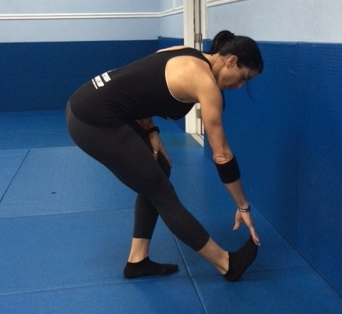
You can stretch your hamstrings together…
In sitting or standing, feet together, reach for your toes (or beyond) with both hands while keeping your legs straight. For an added stretch, try tilting your pelvis forward.
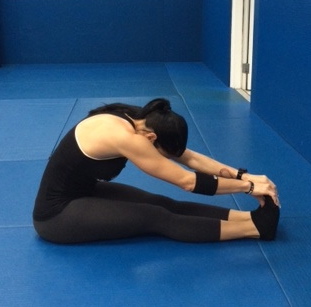
3. HIP FLEXORS (psoas & iliacus)
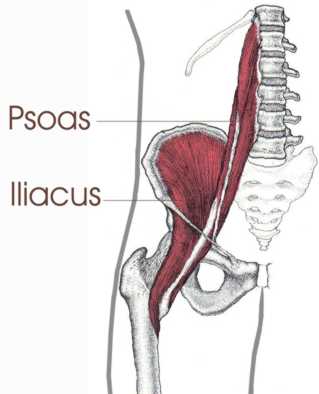
Lunge forward with knee, positioning foot beyond knee. Straighten hip of rear leg by trying to push hips forward and pelvis downwards until you feel a stretch.
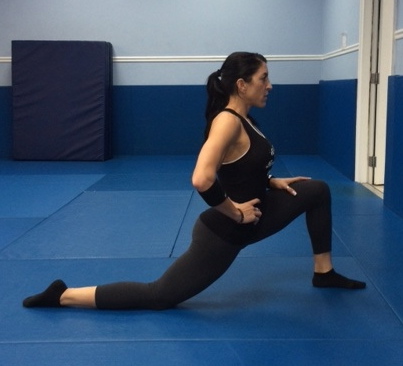
4. QUADRICEPS
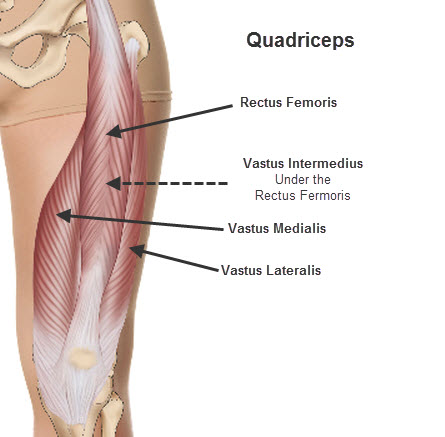
Stand on one leg and pull the other foot up behind your bottom. Keep knees together, and push hips forward to increase the stretch.
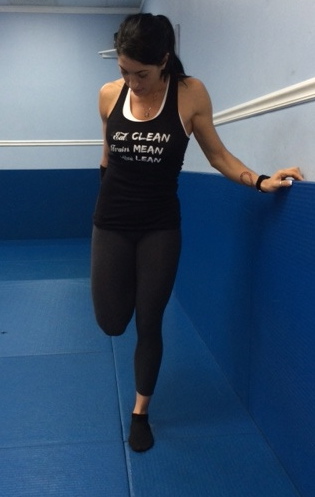
Alternative stretch:
In the hip flexor stretch position (above), grab the foot behind you, pulling it up towards your bottom.
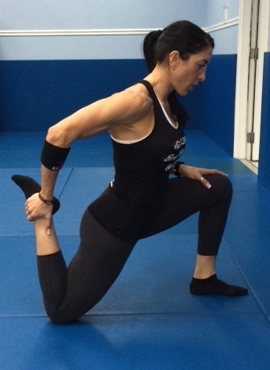
5. INNER THIGHS (adductors)
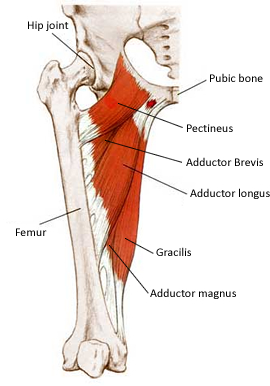
In the sumo squat position, feet wide apart, toes pointing out, use your elbows to further push your knees apart. Keep your back straight.
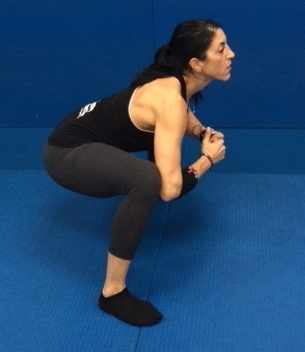
Alternative stretch:
In sitting, bring feet in so that soles are touching. With back straight and pelvis slightly tilted forwards, use elbows to push knees out and down.

Alternative stretch 2:
In sitting, legs extended straight out and spread apart as much as possible, bring your upper body forward and down towards the center. Keep back straight and pelvis tilted slightly forward. For an added stretch, turn feet out.
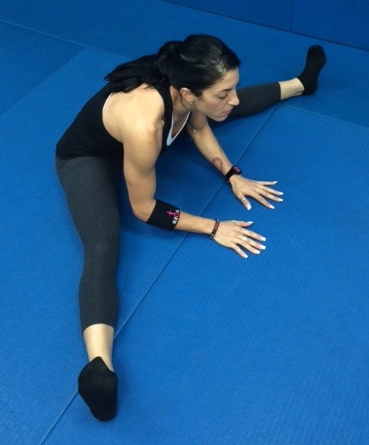
Alternative stretch 3:
You can stretch each leg individually. Assume position of hamstring stretch (above) with leg raised and supported in front of you. Turn body and foot of supporting leg away from raised leg (as shown) and bend the knee of the standing leg for an added stretch.
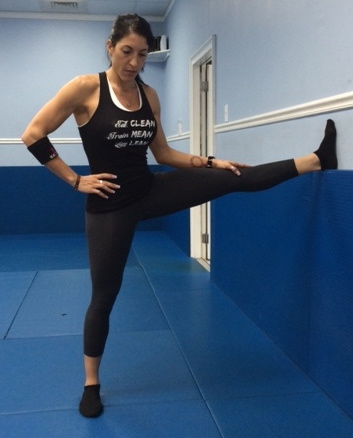
6. OUTER THIGHS (abductors) & GLUTEALS
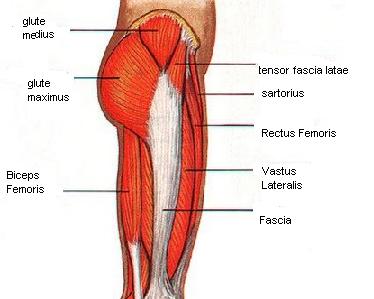
a. IT band:
If you are stretching the right hip, cross your right foot behind your left, so the toes of both feet are almost even. Turn your right hip out, so your toes are touching with your heels apart. Side bend to the left without bending forward. This movement is minimal, so go slow!
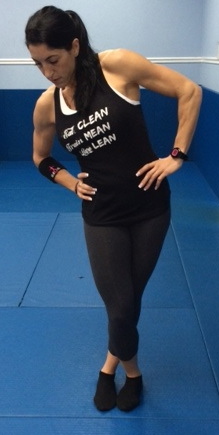
b. Gluteals:
Sit on the floor with your back straight and your legs crossed in front of you. Raise your right knee and place the sole of your right foot on the floor to the left of your left knee. Position your left elbow (or hand) against the outside of your right thigh and use it to push on the thigh, bringing it towards your left shoulder, while twisting your torso to the right. Rest your right hand on the floor slightly behind you and use it to increase your torso rotation. If this seems too much to start, keep your left leg straight instead of crossed.
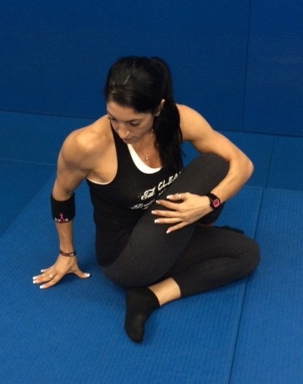
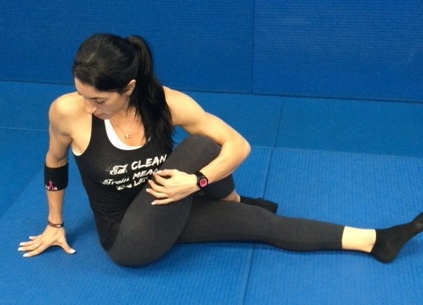
Alternative stretch:
Here’s one you can do at the office! As you assume the air squat position, (you might want to hold on to something for balance) cross one leg over the other. You will feel a stretch in the gluteals of that leg. To add more of a stretch, continue to sit back, and slowly lower your squat by bending the supporting knee.
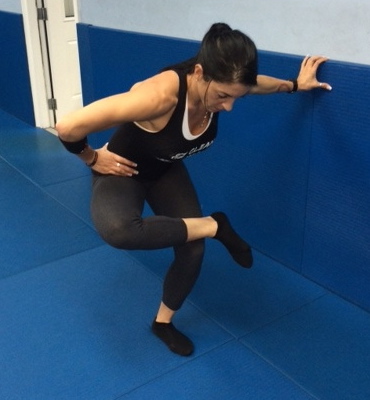
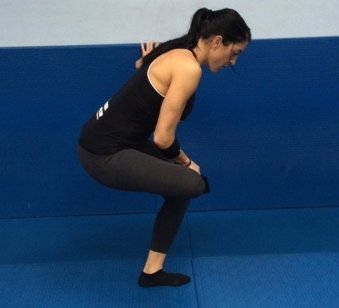

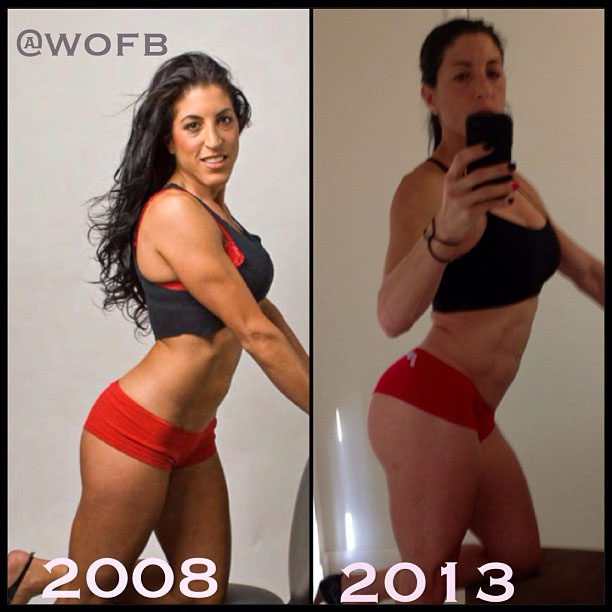
Put Your Name And Email Below To Discover How I Did This… For FREE!


